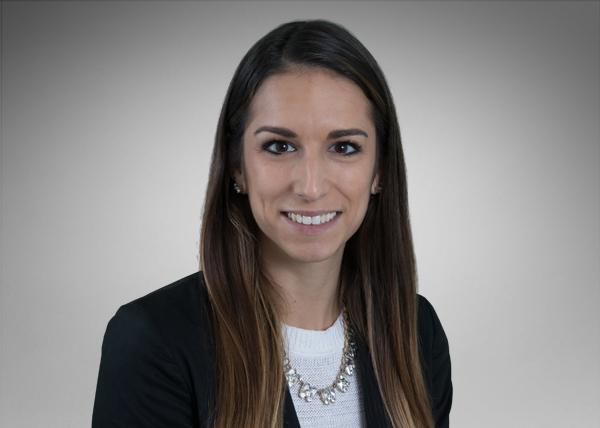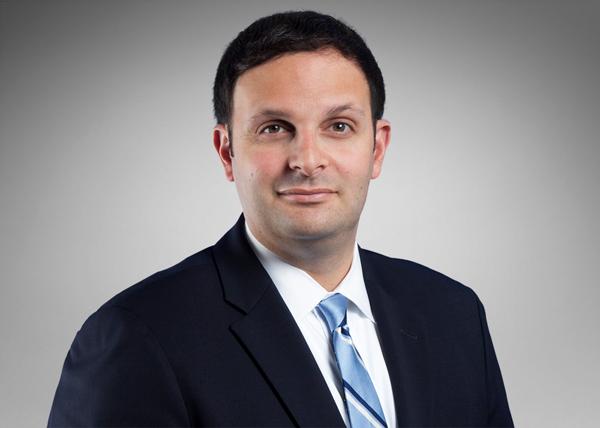On March 3, 2025, the staff of the Division of Corporation Finance (the “Staff”) of the Securities and Exchange Commission (the “SEC”), in an effort to facilitate capital formation in the United States, announced an immediately effective expansion of its existing draft registration statement submission process. Submitting registration statements for non-public review by the Staff allows companies seeking to register securities offerings under the Securities Act of 1933 (the “Securities Act”), or a class of securities under the Securities Exchange Act of 1934 (the “Exchange Act”), to receive SEC comments without simultaneous market or other public exposure. The current non-public submission process covers registration statements relating to IPOs, follow-on offerings conducted within one year of an IPO, and registrations pursuant to Section 12(b) of the Exchange Act. Going forward, companies now also have the ability to non-publicly submit in draft form the following registration statements:
- those relating to follow-on offerings occurring beyond the first year after an IPO (e.g., on Forms S-1, F-1, S-3, F-3);[1]
- those registering a class of securities under Section 12(g) of the Exchange Act (e.g., on Forms 10, 20-F, and 40-F); and
- those involving a “de-SPAC” transaction in which the special purpose acquisition company (“SPAC”) is the surviving entity of the business combination, provided the target company is eligible to submit a draft registration statement (e.g., on Forms S-4 or F-4).[2]
As with the heavily used existing draft registration statement submission procedure created by the Jumpstart Our Business Startups Act in 2012 that was expanded in 2017, draft registration statements submitted pursuant to these accommodations and any correspondence between a registrant and the Staff relating thereto eventually will become publicly available.
The Staff has also changed a previous Staff position by stating that it will now permit registrants to omit the names of underwriters from initial draft registration statement submissions, notwithstanding that this practice is otherwise required by Items 501 and 508 of Securities Act Regulation S-K. This accommodation will allow companies who are not yet ready to hire or announce underwriters for an offering to delay that process without sacrificing the ability to receive at least an initial round of SEC comments on a draft registration statement.[3] When coupled with the fact that draft registration statements are not required to be signed by the registrant or any of its officers or directors and do not require consents of auditors or other named experts, this accommodation could allow registrants to make initial submissions more rapidly, which could potentially reduce the ultimate time to market.
Expanded Use of Draft Registration Statement Process
The draft submission process was originally available only for initial public offerings of emerging growth companies and certain foreign private issuer offerings. Since 2017, this process has also been available for Securities Act registration statements in connection with initial public offerings by companies that are not emerging growth companies and “follow-on” offerings conducted within one year of an initial public offering, and registration statements in connection with direct listings under Section 12(b) of the Exchange Act.
Subsequent Registrations
The Staff will now permit subsequent registration statements for any offering under the Securities Act[4] or registration of a class of securities under either Section 12(b) or 12(g) of the Exchange Act[5] to be submitted initially in non-public form, regardless of how much time has passed since the issuer’s initial public offering or initial registration under the Exchange Act.
In making a draft non-public submission of a subsequent registration statement, a registrant will need to confirm to the Staff that it will publicly file the registration statement at least two business days prior to the requested effective date.
The Staff may still comment on any such subsequent registration statement and if the Staff does issue comments, the amended registration statement responding to such comments must be a publicly filed registration statement. As with an initial registration, at the time of the first public registration statement filing, the registrant must also publicly release all prior draft form submissions. Securities Act registrants will seek effectiveness under the existing process under Securities Act Rule 461.
Exchange Act Section 12(g) Registration Statements
A registrant registering a class of its securities under the Exchange Act as a result of surpassing the asset or shareholder thresholds under Section 12(g) of the Exchange Act may now submit a registration statement on Forms 10, 20-F, or 40-F non-publicly in draft form, even where that registrant is not seeking to conduct a “direct listing” or list any securities on a national securities exchange. A registrant non-publicly submitting a draft registration statement under Section 12(g) of the Exchange Act, like one doing so in connection with a direct listing or initial public offering, must confirm to the Staff that it will publicly file the registration statement and release all non-public draft submissions at least 30 or 60 days (depending on the type of form) prior to the requested effective date of the registration statement. The Staff will also publicly release its comment letters and the registrant’s responses to such comments at least 20 business days following the effective date of the registration statement. The Staff did not state whether Form 10, 20-F, and 40-F registration statement amendments in response to any Staff comments or the responses themselves must be public filings.
de-SPAC Registration Statements
A SPAC and an operating company conducting a business combination transaction often seek to register securities to be issued by a party to the transaction under the Securities Act. As a result of the SEC’s 2024 rulemaking relating to business combination transactions, private target companies are required to be co-registrants along with SPACs in cases where the SPAC is the surviving company of the business combination.
Going forward, where the SPAC is a registrant, the de-SPAC Form S-4 or Form F-4 registration statement may be submitted on a non-public basis, provided the target company would otherwise be permitted on its own to non-publicly submit a draft registration statement if it were conducting an IPO. This accommodation is based on the Staff’s view that de-SPAC transactions are akin to IPOs, where the registration statement would be permitted to be submitted on a non-public basis.
The Staff did not state how long in advance of the effective time such a registration statement must be publicly filed or if such registration statement amendments in response to Staff comments or the responses themselves must be public filings.
Additional Flexibility
Registrants are now also permitted in an initial draft registration statement submission to omit the names of any underwriters, even where required by Items 501 or 508 of Regulation S-K, provided the names of the underwriters are included in all subsequent submissions and filings.
Finally, the Staff reiterated the availability of Rule 3-13 under Regulation S-X and the Staff’s willingness to “consider an issuer’s specific facts and circumstances in connection with [such] request.” The Staff has historically used Rule 3-13 to permit a registrant to omit financial information from a draft registration statement submission where such financial information will not be required by the effective registration statement. For example, registrants often rely on this Rule to withhold older financial statements that may be sufficiently dated and not required at the anticipated time of the registration statement’s effectiveness.
If you have any questions concerning the material discussed in this client alert, please contact the members of our Securities and Capital Markets practice.
[1] We expect this accommodation to be most useful for non-WKSI issuers and transactions ineligible to use Forms S-3 and F-3. Most issuers eligible to use Forms S-3 and F-3 (other than WKSIs, for whom such registration statements become automatically effective upon filing) file universal shelf registration statements well before they conduct a securities offering as opposed to using such forms to conduct a “spot” offering. Additionally, the Staff will only comment on a non-public basis on a single draft registration statement, and all comments and responses thereto will eventually become public in any case. While it is now possible to file an initial universal shelf registration statement on a non-public basis, we believe that these factors, taken together with the relatively low SEC comment risk and minimal market exposure involved with universal Form S-3 shelf registration statement filings, will make non-public submissions less beneficial where Forms S-3 and F-3 are available.
[2] This accommodation follows the SEC’s previously stated view that de-SPAC transactions are akin to IPOs, despite the fact that technically the SPAC is already public.
[3] The Staff also signaled an accommodating stance toward the omission of financial information from this expanded class of draft registration statements by separately mentioning its existing position that it will accept and review draft registration statements that omit financial information that will not be required at the time of the public registration statement filing.
[4] This would include registration statements for offerings on Forms S-1, F-1, S-3, and F-3, as well as for securities registered in business combination transactions on Forms S-4 and F-4.
[5] This would include registration statements on Forms 10, 20-F and 40-F.
Back
Back


















